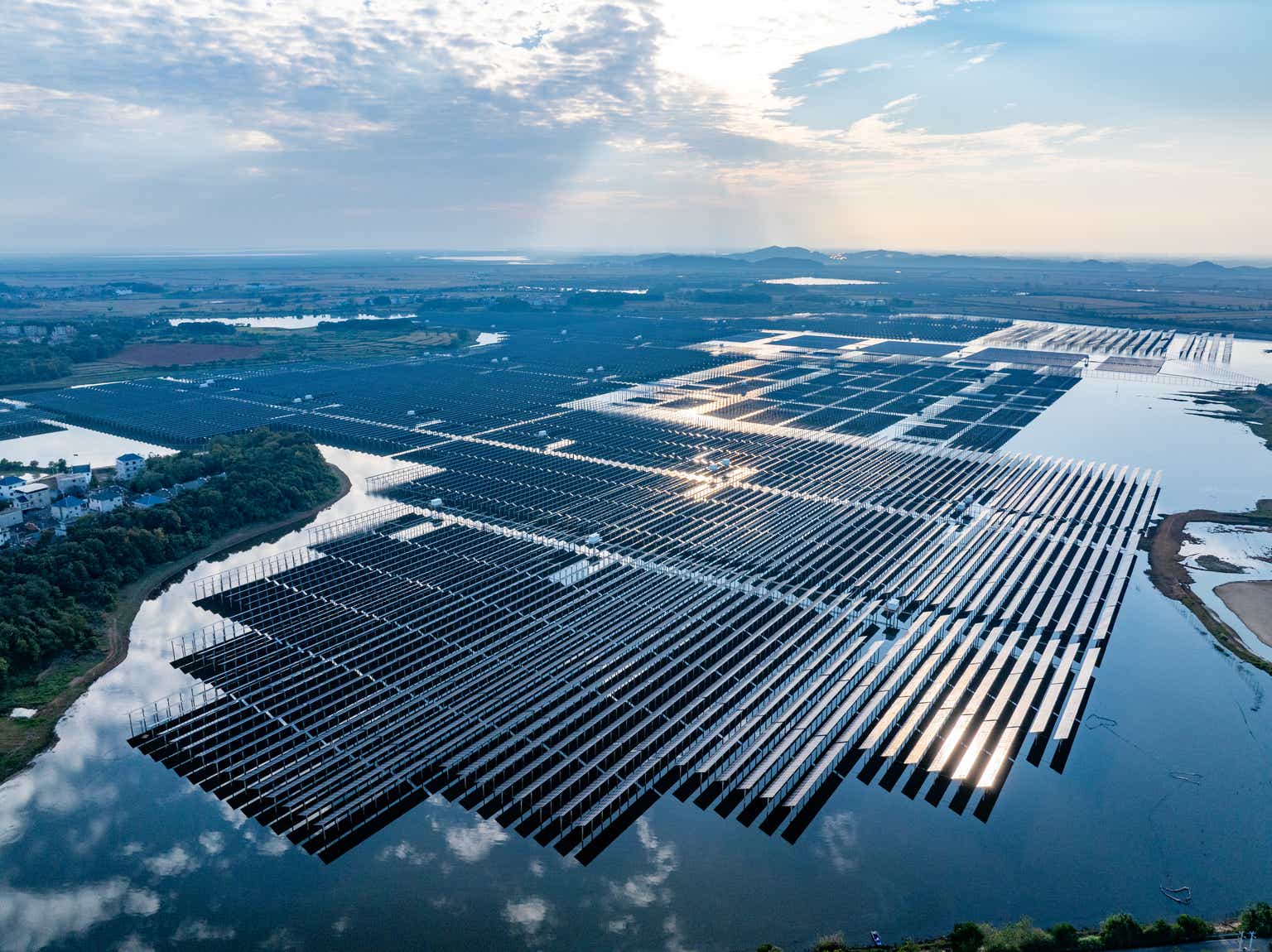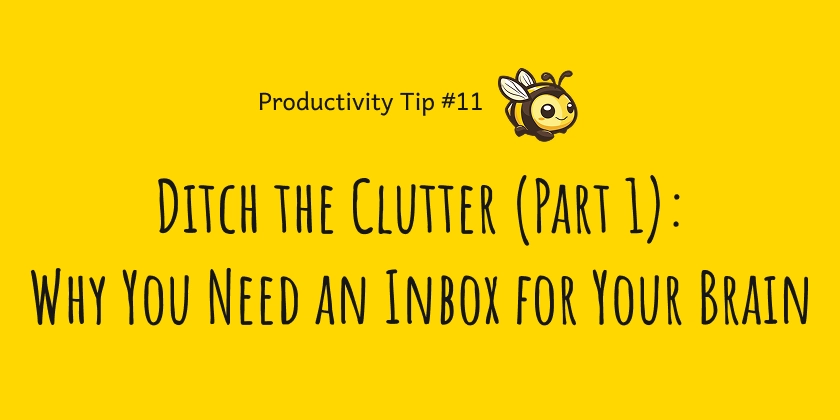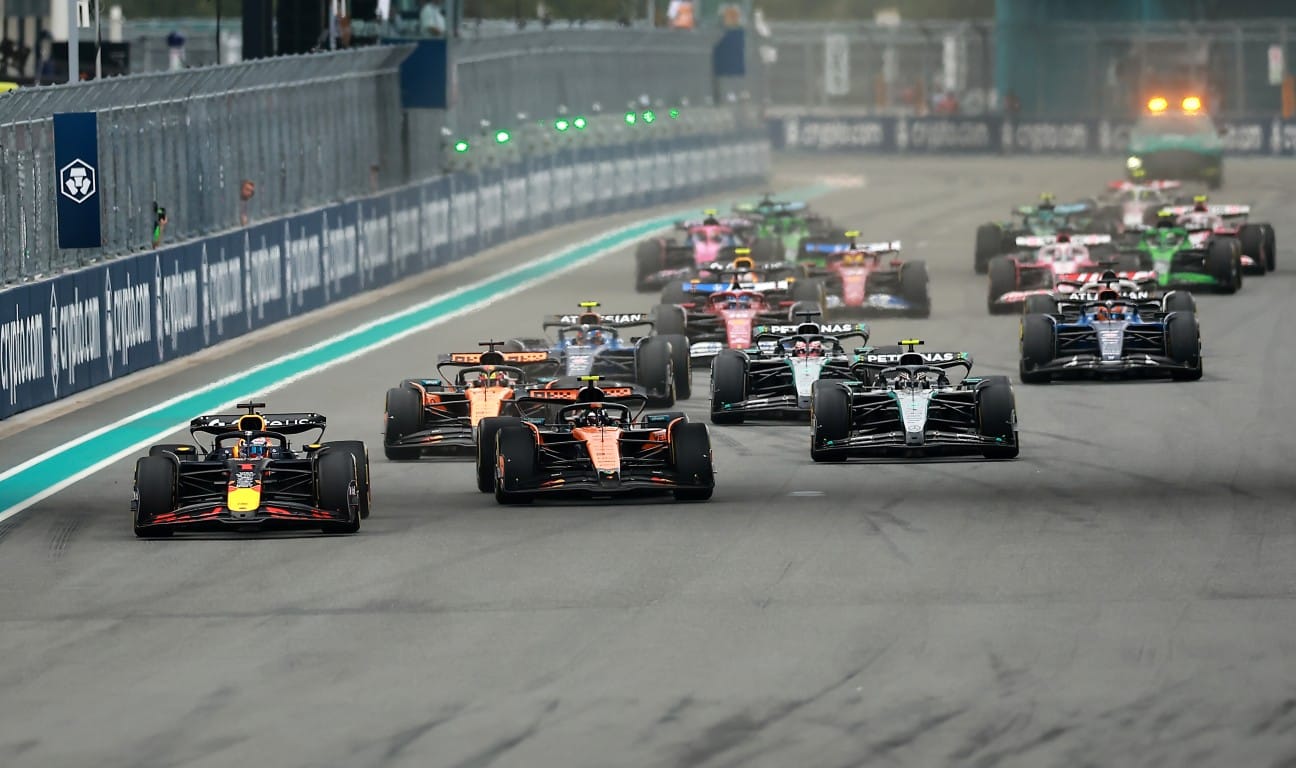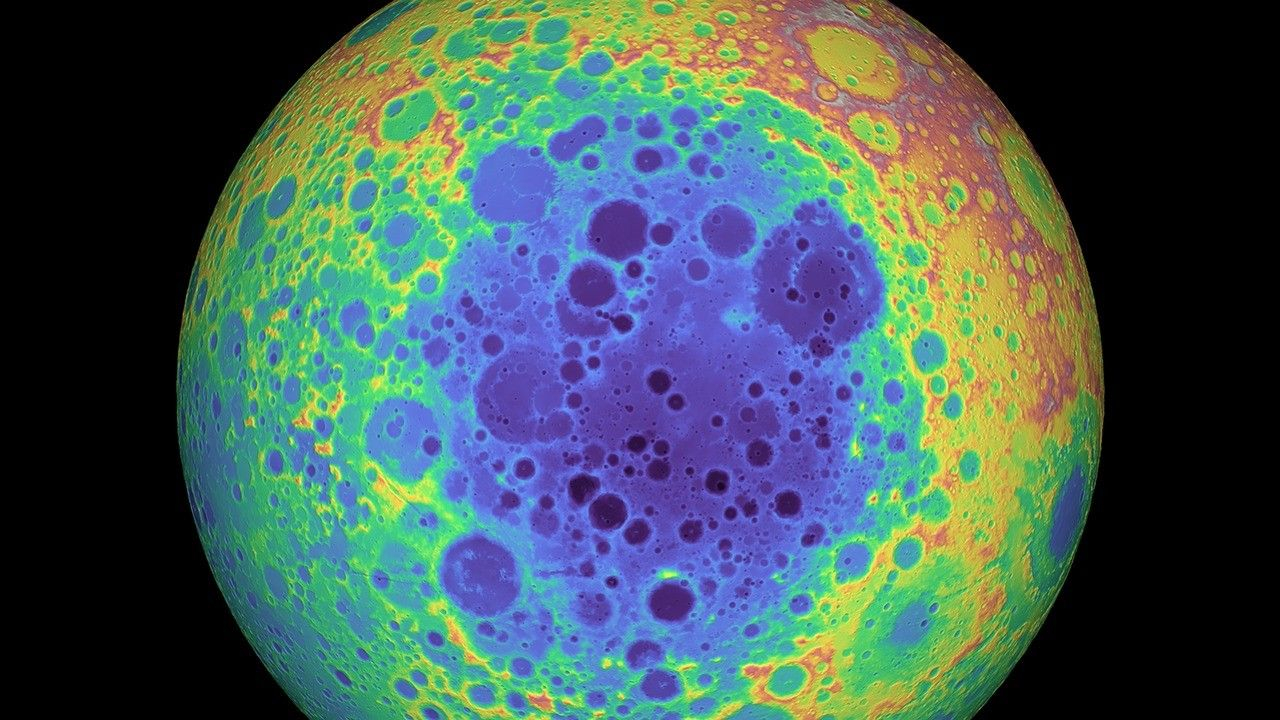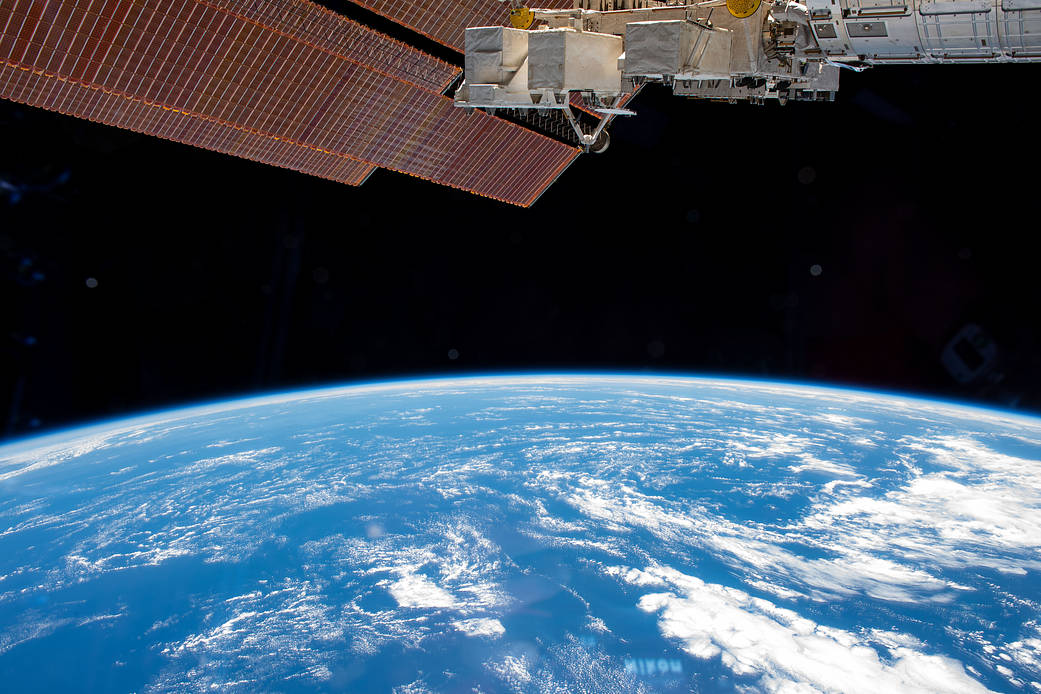Effective Methods for Monitoring Crop Health and Growth
With advancements in technology, monitoring crop health has become more efficient and accurate, allowing farmers to take proactive steps to protect their crops and optimize growth.

Agriculture plays a vital role in the global economy, and ensuring healthy crops is essential for both farmers and food security. Monitoring crop health has become increasingly important as challenges like climate change, pests, diseases, and soil degradation threaten crop yields. With advancements in technology, monitoring crop health has become more efficient and accurate, allowing farmers to take proactive steps to protect their crops and optimize growth.
Why is Monitoring Crop Health Important?
Monitoring crop health is crucial for maximizing productivity and preventing crop loss. By identifying early signs of disease, pest infestations, or nutrient deficiencies, farmers can make informed decisions that prevent further damage. Early intervention can save crops from irreversible damage, reduce the use of pesticides and fertilizers, and increase overall yield. Additionally, effective monitoring allows for better resource management, reducing waste and promoting sustainable farming practices.
Traditional Methods of Monitoring Crop Health
Before the advent of modern technologies, farmers relied on manual methods to monitor crop health. These methods, while effective in some ways, are time-consuming and prone to human error. Here are a few traditional techniques for monitoring crop health:
1. Visual Inspection
One of the most common methods of monitoring crop health is through regular visual inspections. Farmers walk through their fields, looking for signs of pests, diseases, and other stress factors. This method can identify obvious issues, such as discolored leaves, wilting, or pest damage. However, visual inspection can miss subtle signs of crop stress and can be inconsistent, depending on the observer’s experience.
2. Soil Testing
Soil health plays a major role in crop growth, and periodic soil testing is an important aspect of monitoring crop health. By analyzing soil nutrients, pH levels, and moisture content, farmers can determine whether their crops are receiving the right balance of nutrients. Poor soil conditions can be remedied with the addition of fertilizers or amendments, improving overall crop health and yield.
3. Weather Monitoring
Weather plays a significant role in crop health. Temperature extremes, excessive rainfall, or drought conditions can cause stress to crops. Farmers traditionally monitor weather patterns using local weather stations or even by tracking weather forecasts on a regular basis. This helps them anticipate potential threats and adjust their practices, such as irrigation or pest control measures.
Modern Techniques for Monitoring Crop Health
While traditional methods are still valuable, monitoring crop health has greatly advanced thanks to technological innovations. Modern tools and techniques allow farmers to gather real-time data, analyze crop conditions more accurately, and respond to issues much faster. Here are some of the most effective modern methods for monitoring crop health:
1. Remote Sensing and Satellite Imaging
Remote sensing technology uses satellite images and drones to capture detailed information about crops from above. By analyzing these images, farmers can track plant health, detect nutrient deficiencies, and even identify pest infestations early on. Monitoring crop health through remote sensing allows farmers to cover large areas of land quickly and efficiently. Specialized software can even map out variations in crop health, helping farmers target specific areas that require attention.
Satellite and drone imaging can also track soil moisture levels, temperature, and other environmental factors that affect crop health. This data provides farmers with a comprehensive overview of crop conditions, allowing for more informed decision-making.
2. Precision Agriculture Tools
Precision agriculture involves using technology to manage crops more efficiently and sustainably. This includes tools like GPS-guided tractors, soil moisture sensors, and automated irrigation systems. By collecting data from various sensors placed in the field, farmers can continuously monitor crop health and adjust their practices accordingly.
For example, a GPS-guided tractor can apply fertilizers or pesticides precisely where they are needed, minimizing waste and reducing the risk of overuse. Soil sensors can measure moisture levels, allowing for better irrigation management and preventing overwatering or underwatering crops. This level of precision ensures that resources are used effectively and that crops receive the optimal conditions for growth.
3. Health Monitoring Apps and Software
Advancements in mobile technology have made it easier for farmers to access real-time data on crop health. Various apps and software platforms are now available that allow farmers to monitor their crops remotely. These platforms collect data from different sensors or integrate with satellite imagery to provide insights into crop conditions, pest activity, soil health, and more.
Farmers can use these apps to receive alerts about potential crop diseases, pest outbreaks, or environmental stressors, allowing them to take swift action. Some apps also provide weather forecasts, pest management tips, and crop management advice, offering farmers an all-in-one tool to help with monitoring crop health.
4. IoT Sensors in the Field
The Internet of Things (IoT) has made significant strides in agriculture. IoT sensors can be placed in the field to continuously measure various factors that impact crop health, such as soil temperature, humidity, light intensity, and air quality. These sensors send real-time data to a central hub, where farmers can monitor and analyze the information to detect any potential issues.
For instance, soil sensors can alert farmers when moisture levels drop too low, prompting them to irrigate. Light sensors can track how much sunlight crops are receiving, helping to ensure optimal growth conditions. The data gathered by IoT sensors allows for continuous and automated monitoring crop health, reducing the need for manual checks.
5. Machine Learning and Artificial Intelligence (AI)
Machine learning and AI are transforming the way crops are monitored. AI algorithms can analyze large datasets from various sources, such as satellite images, sensor data, and weather patterns, to identify trends and predict crop health outcomes. These tools can automatically detect signs of disease, nutrient deficiencies, or pest infestations before they become visible to the naked eye.
By using AI-powered tools, farmers can implement more precise interventions, such as targeted pest control or nutrient application, rather than relying on general treatments. This improves efficiency, reduces input costs, and promotes healthier crops.
Conclusion
Effective monitoring crop health is essential for maximizing agricultural productivity and ensuring sustainable farming practices. Traditional methods, such as visual inspection and soil testing, continue to play a role in crop management. However, with the advent of new technologies, farmers now have access to more accurate, real-time data that allows them to make better decisions and intervene earlier when issues arise.
By using remote sensing, precision agriculture tools, IoT sensors, and AI, farmers can ensure that their crops receive optimal care and attention throughout the growing season. As technology continues to evolve, the future of monitoring crop health will become even more sophisticated, offering farmers even more tools to ensure a successful harvest.






